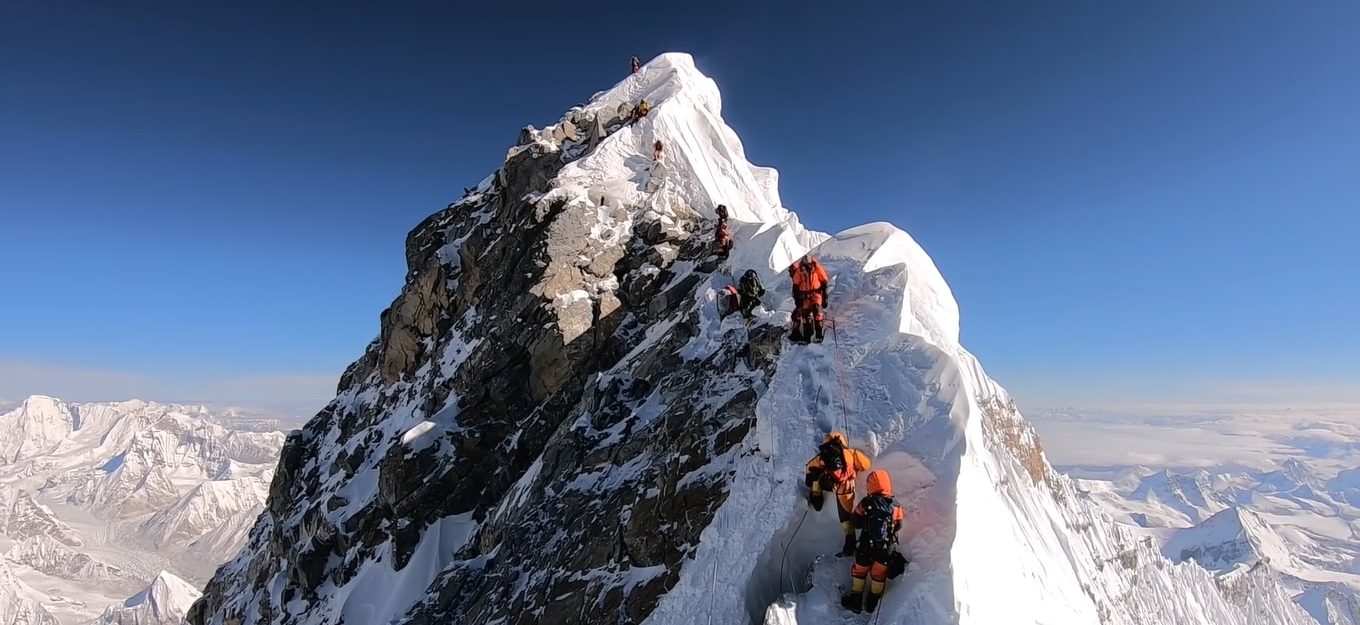
The Mount Everest Expedition: Climbing the Tallest Mountain in the World
Mount Everest is the tallest mountain in the world, standing at a height of 29,029 feet or 8,848 meters. Climbing this iconic peak is an adventure that is highly sought after by many mountaineers and adventure enthusiasts around the world. However, scaling the summit of Mount Everest is not an easy feat. It requires a great deal of planning, preparation, and skill. The Mount Everest Expedition is a journey of a lifetime for many climbers who aspire to reach the highest mountain on Earth.
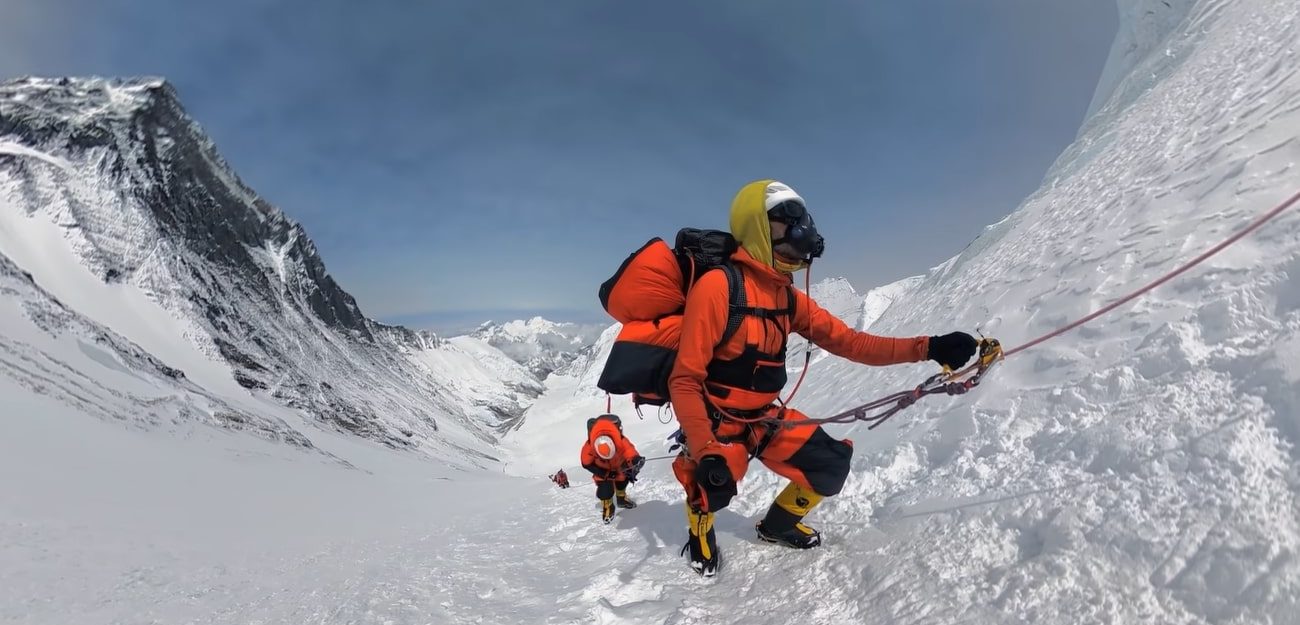
In this blog post, we will take a closer look at what it takes to climb Mount Everest, the challenges involved, and the key factors that determine the success of an expedition. Climbing Mount Everest is an adventure that is not for the faint-hearted. However, for those who are up to the challenge, it is an experience of a lifetime.
The climb to the summit of Mount Everest involves several stages, including acclimatization, setting up advanced base camps, and camps at various levels along the route. Summit day is the most critical stage of the expedition. Climbers face numerous challenges such as steep inclines, icy slopes, and unpredictable weather conditions.
History of the Mount Everest Expedition
Mount Everest has been a magnet for adventurous climbers and explorers for centuries. The first recorded attempt to climb Mount Everest was made by a British expedition in 1921. Although this expedition did not succeed in reaching the summit, it paved the way for future expeditions.
Sir Edmund Hillary and Tenzing Norgay conquered Mount Everest for the first time in 1953. Since then, thousands of climbers have attempted to climb the peak, with varying degrees of success.
The climb to the summit of Mount Everest can be divided into several stages. The first stage is the trek to Everest Base Camp. It is located at an altitude of 17,598 feet or 5,364 meters. From there, climbers gradually move up to higher altitudes, acclimatizing themselves to the thin air and extreme conditions.
The route to the summit of Mount Everest can be approached from either the north side or the south side. The north side is the Tibetan side, while the south side is the Nepalese side. Both sides have their own unique challenges and requirements.
Preparing for the Expedition
Preparing for a Mount Everest Expedition is a massive undertaking that requires months of training and preparation. Climbers need to be physically fit, mentally prepared, and have the right equipment and gear.
Training for the climb involves a combination of strength training, cardio exercises, and altitude training. Climbers also need to practice using the gear required for the climb, such as ice axes, crampons, and ropes.
Another crucial aspect of preparing for the Mount Everest Expedition is choosing the right team members. Climbing experience, fitness levels, and mental toughness are some of the key factors to consider when selecting team members. A successful expedition also requires experienced high-altitude sherpas guides who can lead the team safely up the mountain.
The Expedition
The Mount Everest Expedition typically takes around two months to complete. The first stage of the expedition involves trekking to Everest Base Camp. This trek takes around 10 to 14 days, depending on the route taken and the pace of the climbers.
Once at Base Camp, climbers spend several weeks acclimatizing to the high altitude and extreme conditions. They gradually move up to higher altitudes, setting up advanced base camps and camps at various levels along the route.
Summit Day
The most critical stage of the Mount Everest Expedition is summit day. This is the day when climbers attempt to reach the summit of Everest. Summit day is a long and grueling process that can take up to 12 to 18 hours to complete.
On summit day, climbers wake up in the early hours of the morning and start climbing in the dark. They use headlamps to navigate the terrain and make their way up the mountain. The climb involves using an ice axe and crampons to climb up steep ice and snow slopes.
As climbers move up the mountain, they face numerous challenges such as steep inclines, icy slopes, and unpredictable weather conditions. Climbers also have to contend with altitude sickness, which can cause nausea, dizziness, and fatigue. The high altitude also means that climbers have to carry oxygen tanks to help them breathe.
As climbers get closer to the summit, the conditions become even more challenging. The thin air makes it difficult to breathe, and the extreme cold can cause frostbite and hypothermia.
Climbing route of Mount Everest
There are two main climbing routes to the summit of Mount Everest: the South Col Route and the North Col Route.
The Everest South Col Route
- The South Col Route is the most popular and well-known route. It starts from the south side of the mountain in Nepal and follows the Southeast Ridge to the summit. Climbers begin at the Everest Base Camp (5,364 meters or 17,598 feet) and ascend through the Khumbu Icefall to Camp 1 (6,065 meters or 19,900 feet), then to Camp 2 (6,500 meters or 21,300 feet) and Camp 3 (7,200 meters or 23,600 feet).
- From there, they climb the Lhotse Face to reach Camp 4 (7,920 meters or 26,000 feet), which is located at the South Col. From the South Col, climbers begin their final ascent to the summit, passing through the Balcony, the South Summit, and the Hillary Step before reaching the top.
The Everest North col Route:
- The North Col Route starts from the north side of the mountain in Tibet and follows the Northeast Ridge to the summit. Climbers begin at the Chinese Base Camp (5,200 meters or 17,060 feet) and ascend to Advanced Base Camp (6,450 meters or 21,160 feet). From the North Col, climbers ascend to Camp 4 (7,950 meters or 26,080 feet) and then make their final push to the summit via the Three Steps, the First Step, the Second Step, and the Third Step before reaching the top.
- Both routes require careful planning and preparation. Climbers must be physically and mentally prepared for the challenges of the climb. This also includes the extreme altitude, harsh weather conditions, and technical climbing skills required to reach the summit.
Risks associated with climbing Mount Everest
Climbing Mount Everest is a dangerous undertaking, and there are many risks associated with the climb. These risks include altitude sickness, frostbite, hypothermia, and falls. Climbing Mount Everest is a dangerous and challenging undertaking, and there are several risks associated with it. The following are a few of the most significant risks:
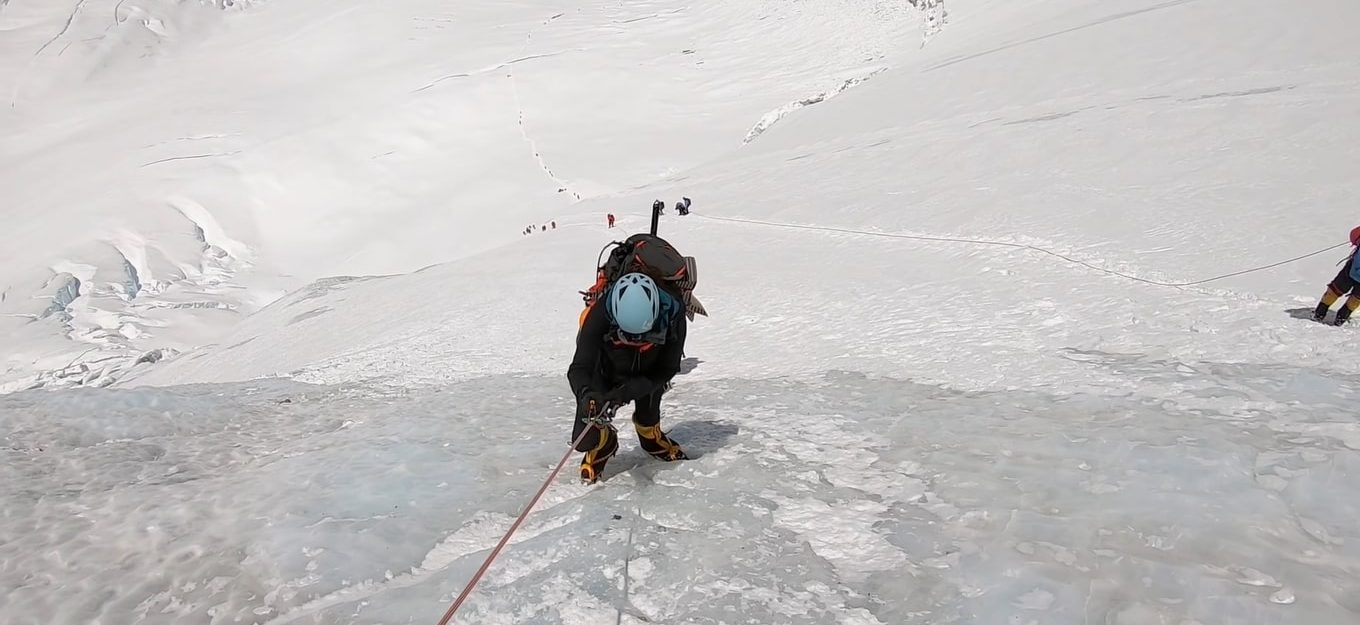
Altitude sickness
At high altitudes, the air pressure is lower, which means there is less oxygen available to breathe. This can lead to altitude sickness, which can cause symptoms such as headaches, dizziness, nausea, and fatigue.
Frostbite and hypothermia
The extreme cold temperatures on Mount Everest can cause frostbite and hypothermia, which can be life-threatening if not treated promptly.
Falls and avalanches
Climbers are at risk of falling from steep inclines and icy slopes. Additionally, avalanches can occur at any time, especially during times of heavy snowfall.
Oxygen deprivation
As climbers ascend higher, the air becomes thinner, making it more difficult to breathe. Climbers often use supplemental oxygen to help them breathe at higher altitudes. However, there are risks associated with the use of oxygen as well.
High altitude cerebral edema (HACE) and pulmonary edema at high altitude (HAPE) (HACE)
These are two serious medical conditions that can occur at high altitudes. HAPE is a build-up of fluid in the lungs, while HACE is swelling in the brain. Both conditions can be life-threatening if not treated immediately.
Overall, climbing Mount Everest requires careful planning, preparation, and a willingness to accept the risks involved. Climbers must be physically and mentally prepared for the challenges of the climb and take all necessary precautions to stay safe.
Reaching the Top
Reaching the summit of Mount Everest is a momentous achievement for any climber. However, it is important to note that not all climbers who attempt to reach the top of Mount Everest are successful. There have been many instances where climbers have had to turn back due to adverse weather conditions or health issues.
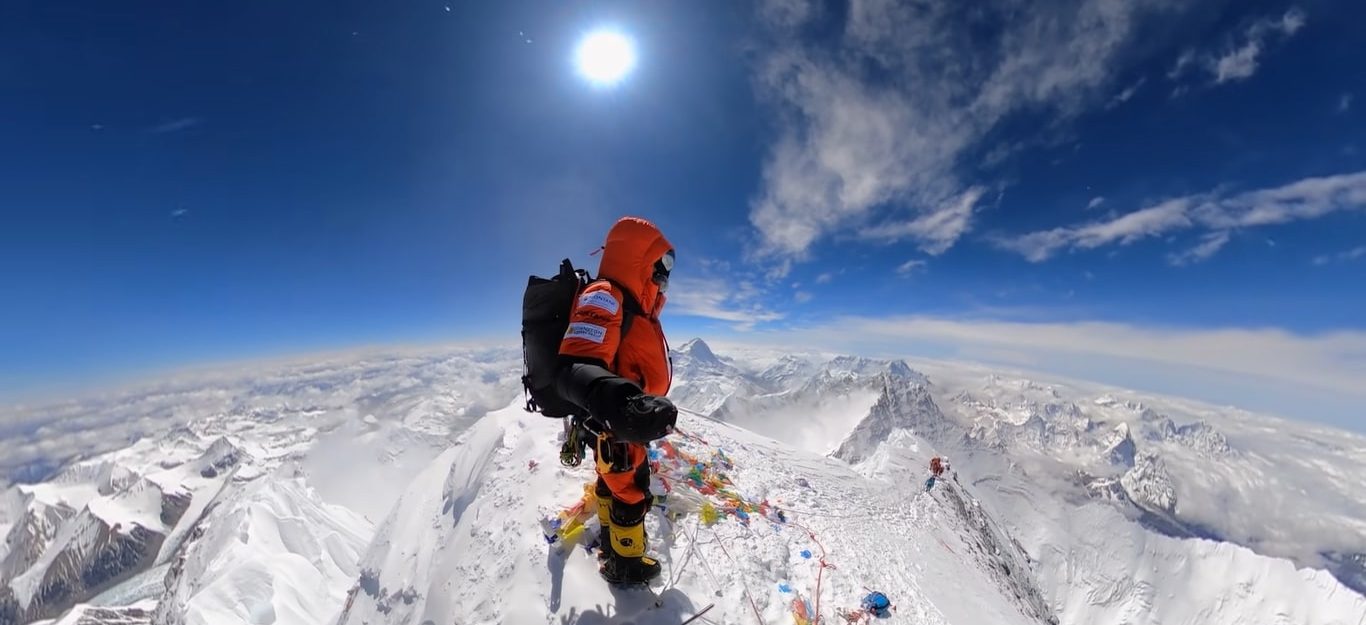
For those who do summit climbing, the feeling is indescribable. Standing on top of the world’s tallest mountain is a once-in-a-lifetime experience that few people ever get to experience.
How much time does it take to ascend Mount Everest?
The amount of time it takes to climb Mount Everest varies depending on several factors. This includes the climber’s experience, physical fitness, and weather conditions. On average, it takes about two months to climb Mount Everest, including the time spent acclimatizing to the altitude and waiting for favorable weather conditions.
The climbing season for Mount Everest typically runs from late March to early June, with the best weather conditions typically occurring in May. During this time, climbers spend several weeks at the Everest Base Camp (5,364 meters or 17,598 feet) acclimatizing to the altitude and preparing for their ascent.
Once climbers begin their ascent, they typically spend several weeks climbing to higher camps and then returning to lower camps to rest and acclimatize further. The climb to the summit typically takes place during a window of a few days when the weather conditions are favorable, usually in late May or early June.
In general, climbers will spend a total of 60 to 70 days on the mountain. This includes time spent acclimatizing, ascending, and descending. However, the exact amount of time can vary depending on the individual climber’s pace and the weather conditions.
Guided Expeditions
For those who do not have the experience or skills required to climb Mount Everest on their own, guided expeditions are available. The expedition led by experienced climbers has successfully climbed Everest before.
Guided expeditions provide climbers with the necessary support, guidance, and equipment required to climb Mount Everest safely. They also take care of logistical details such as transportation, accommodation, and food.
Guided expeditions are a great option for those who want to experience the thrill of climbing Mount Everest but do not have the required experience or skills to do so on their own.
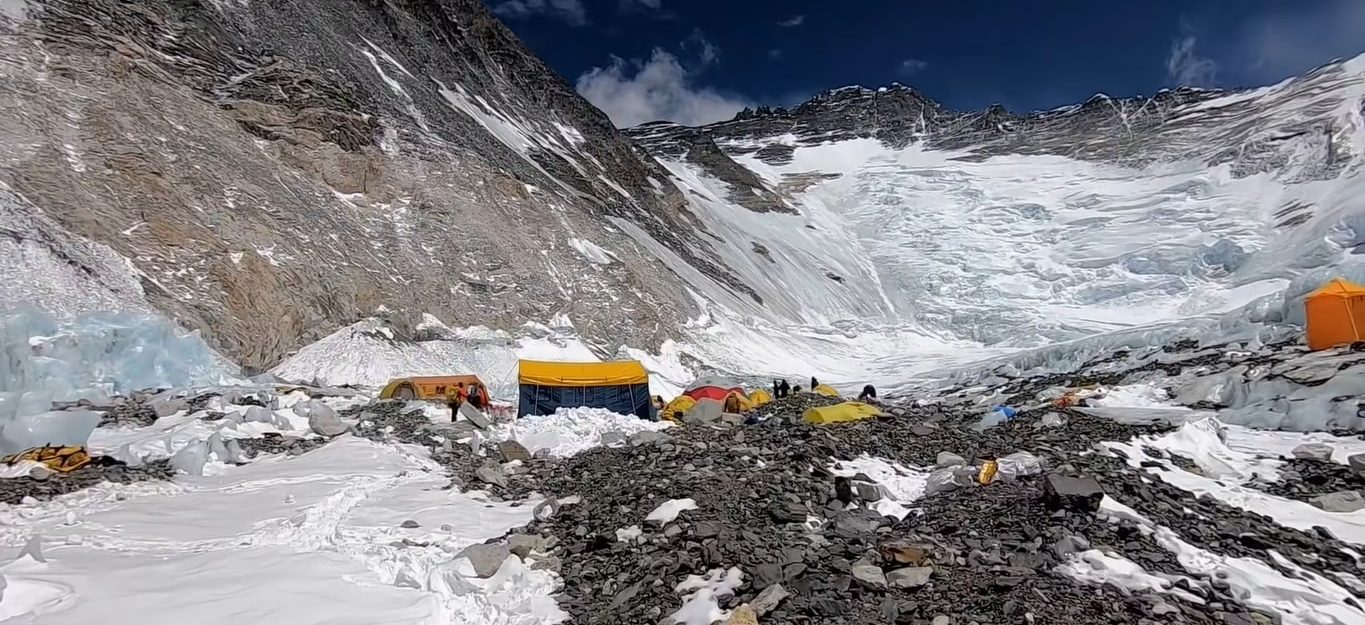
FAQs
What is the highest mountain in the world, and where is it located?
Mount Everest is mostly located on the border between Nepal and Tibet in the Himalayas. The mountain’s summit is situated in Nepal, while the northern slopes of the mountain are located in Tibet, which is a part of China.
What is the Everest Expedition, and how long does it take?
The Everest Expedition is a challenging climb to the summit of Mount Everest. It can take up to two months to complete, including time for acclimatization and setting up advanced base camps.
Do you need prior climbing experience to attempt the Mt. Everest Expedition?
Yes, climbers need to have prior climbing experience and skills before attempting the Everest Expedition. They should have experience climbing at high altitudes and should be physically and mentally fit for the challenges of the climb.
Can you climb Mount Everest without a guide?
Technically, it is possible to climb Mount Everest without a guide, but it is not recommended. The risks associated with climbing the mountain are high. Having an experienced guide can greatly increase the chances of a successful climb and ensure safety.
How many people have climbed Mount Everest?
As of September 2021, more than 10,000 people have successfully climbed Mount Everest. The first successful ascent was made by Sir Edmund Hillary of New Zealand and Tenzing Norgay of Nepal, on May 29, 1953. Since then, thousands of climbers from all over the world have attempted to climb the mountain, and many have succeeded. However, the climb remains a dangerous and challenging undertaking, and not everyone who attempts it reaches the summit.
Conclusion
The Mount Everest Expedition is a challenging and exhilarating experience that tests the limits of human endurance. Climbing the tallest mountain in the world is an achievement that is the dream for many adventure enthusiasts and mountaineers around the world.
The expedition requires months of preparation, training, and planning. Climbers need to be physically and mentally fit and have the right equipment and gear. Choosing the right expedition members is also crucial for the success of the expedition.
Reaching the summit of Mount Everest is a momentous achievement. However, it is important to note that not all climbers who attempt to climb the mountain are successful. Guided expeditions are available for those who do not have the required experience or skills to climb the mountain on their own.
Inquiry
If you want to know anything regarding the trip or any other issue, please feel free to ask us
